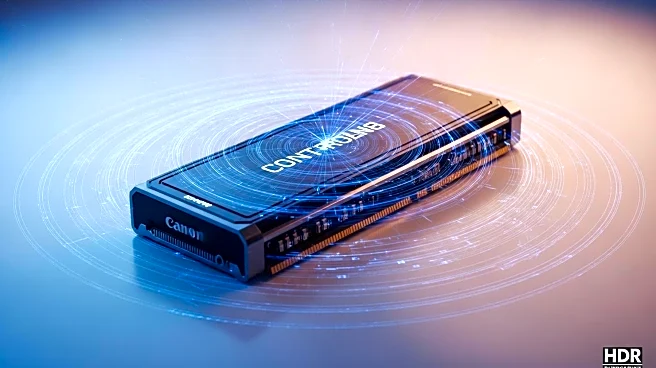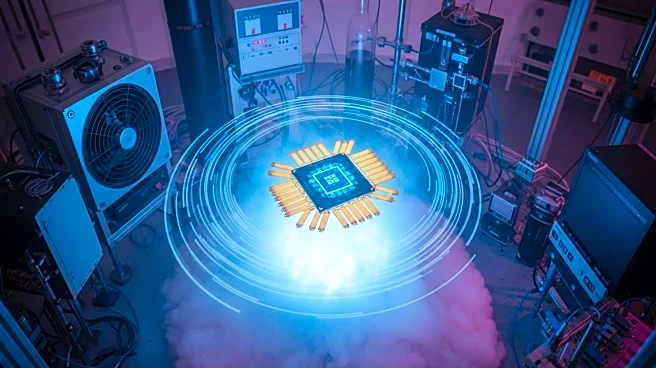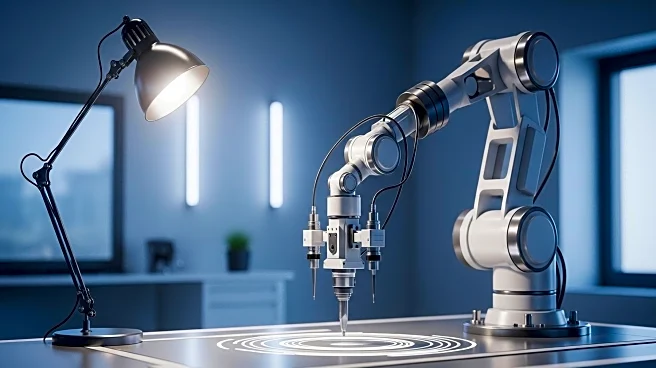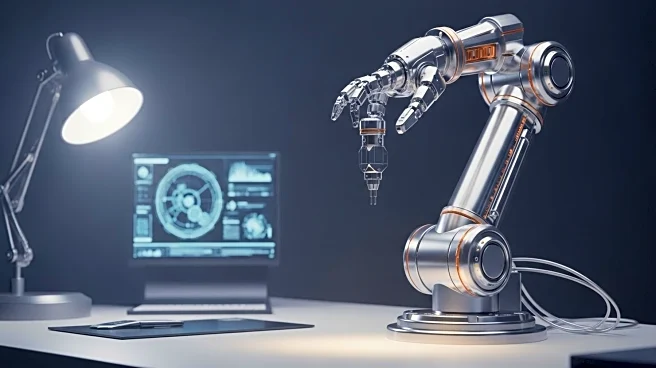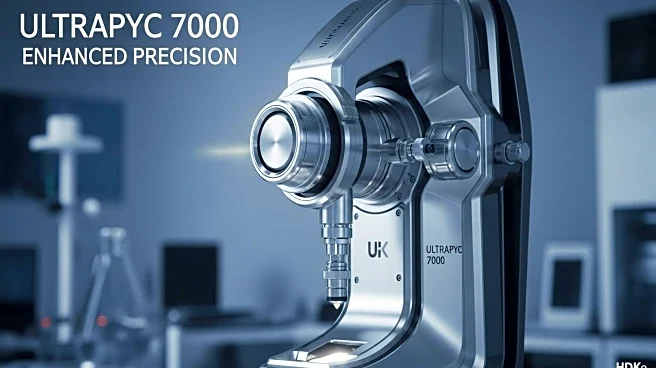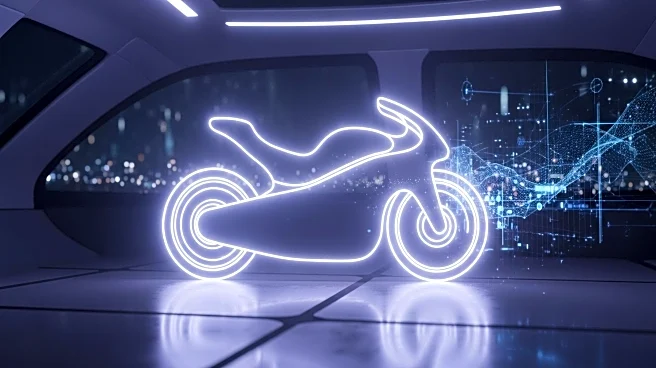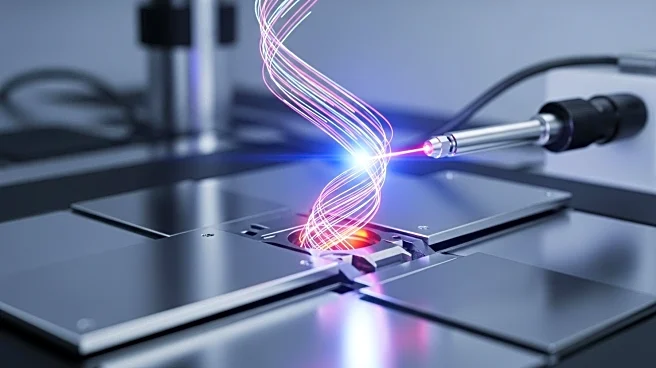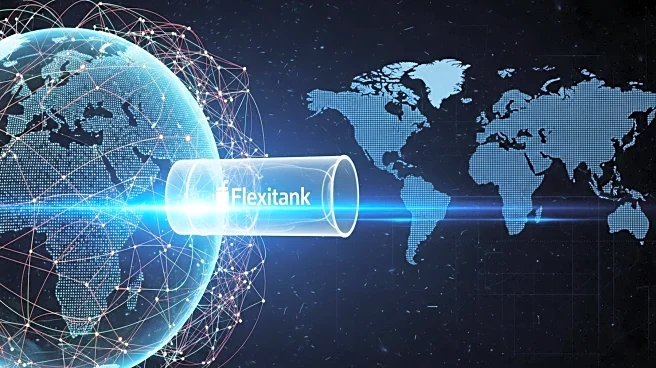What is the story about?
What's Happening?
Researchers at the Max Planck Institute for the Structure and Dynamics of Matter have discovered a method to control ferroaxiality, a property similar to magnetism, using circularly polarised lasers. This breakthrough allows for the manipulation of ferroaxial materials, which are typically unmoved by known magnetic fields. The team, led by Zhiyang Zeng, used lasers to impart rotation onto the atoms of a ferroaxial material, switching the direction of motion of the dipoles. This discovery could lead to the development of more efficient and stable memory devices, enhancing data storage technology.
Why It's Important?
The ability to control ferroaxiality with lasers opens new possibilities for building advanced memory devices, potentially revolutionizing data storage technology. By providing a stable and efficient method for manipulating material properties, this research could lead to the development of hard drives with improved performance and reliability. The findings contribute to the growing array of options for building memory devices, highlighting the potential of laser technology in material science.
What's Next?
Further research is needed to overcome technical challenges, such as cooling the material to extremely low temperatures and optimizing laser size for practical applications. As researchers refine the technique, the development of practical devices utilizing ferroaxiality could become a reality, offering new solutions for data storage and material manipulation.
Beyond the Headlines
The control of ferroaxiality with lasers raises questions about the broader applications of laser technology in material science. The ability to manipulate material properties with precision could lead to advancements in various fields, including electronics and quantum computing.
AI Generated Content
Do you find this article useful?
